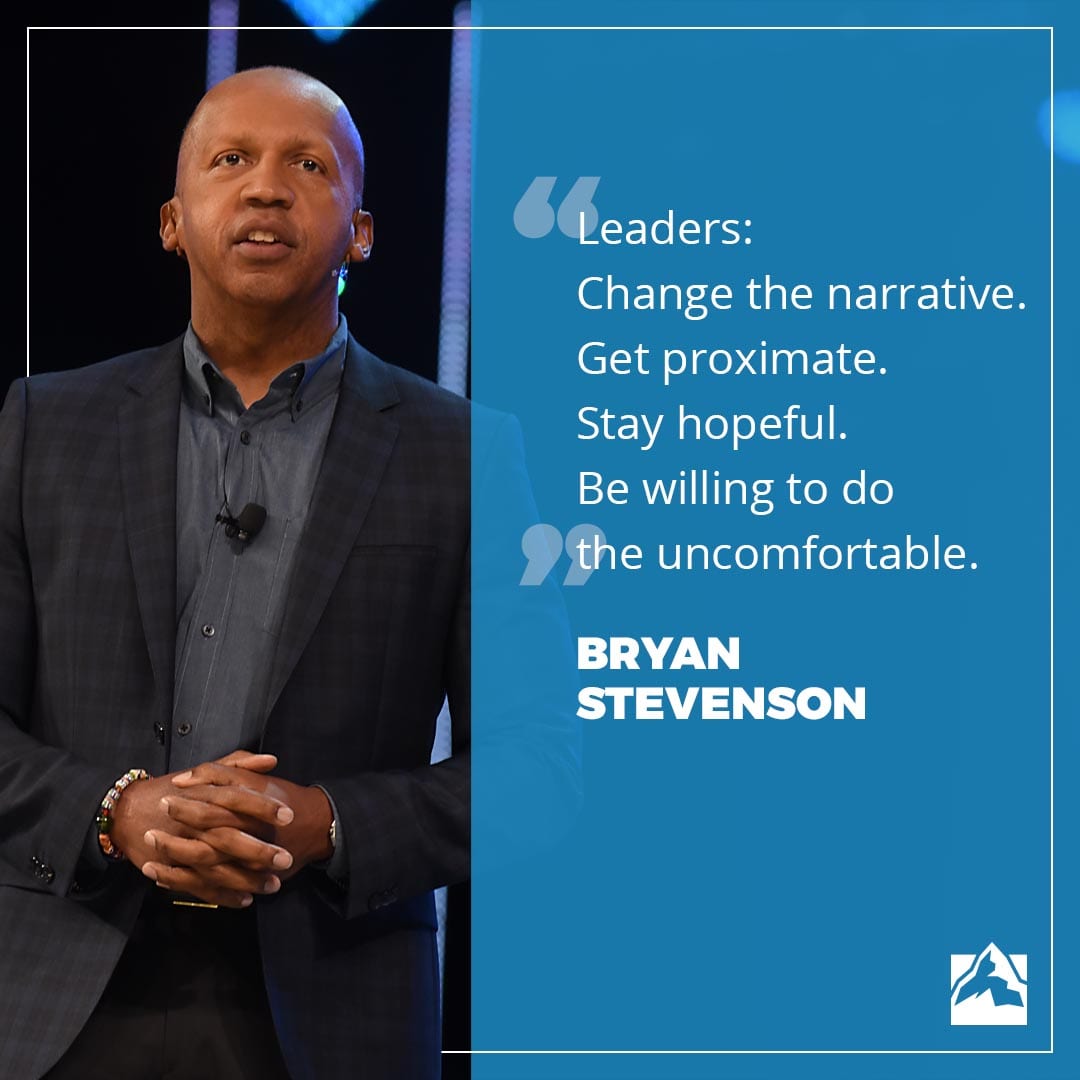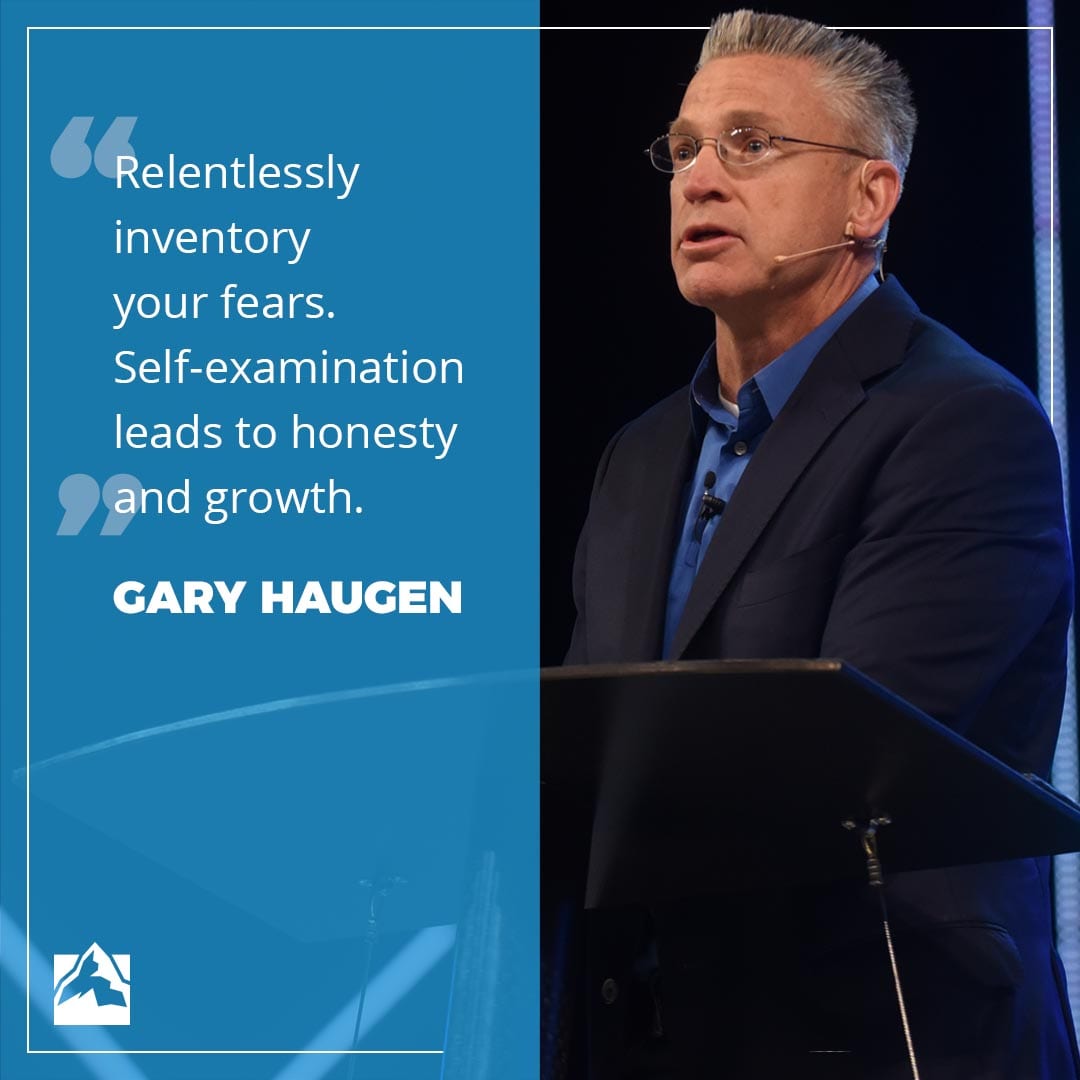
Are you looking for ways to improve your career, jumpstart your team or develop a work culture that produces growth in your organization?
By attending The Global Leadership Summit, Martin Flores, enterprise solutions architect for Intel, was not only encouraged as a leader when he felt like giving up, but he was also equipped with the very tools that helped him accomplish new career goals and elevate his team to produce more growth than they thought possible.
“For six years, I worked for managers who had diminishing management styles, making it extremely difficult for career growth and opportunities,” Martin explains. “They took credit for other people’s ideas and accomplishments and did not offer coaching, mentorship or career development. During that time, I was attending the Summit and learned a different approach to leadership.”
Martin credits the Summit and what the Holy Spirit prompted in him with becoming the leader he wished to see in his organization. The results were far greater than he imagined.
These are the four ways Martin stopped wishing, and started leading, which ultimately led him to the new leadership position he’s in today:
-
Update your career development plan
The 2013 GLS changed everything for me! I stopped wishing and hoping for changes in our leadership and I changed my career path from an individual contributor technical engineer and decided to return to management. I updated my career development plan to focus completely on management and leadership and shared it with my managers. This informed them of the direction I was going to pursue in their organization.
-
Lead by example
I hit the ground running. Since there was a lack of leadership and employee development in our department, there were several managers struggling to manage their teams. I volunteered for a management position leading a team of three. This created opportunities for me to lead by example, and be the leader I wished to see in our organization.
My dream and vision was to be part of a high-performing and high-morale organization. I wanted us to become healthy and thriving, full of employees who felt valued, supported and connected to their work. I had worked in great organizations before and I wanted to experience it again. So I began focusing on developing my employees’ careers and their skills. As a result, their morale improved, communication and trust increased and our performance grew. While other managers were struggling, my team was soaring. So I offered to help solve some critical issues in another engineering environment.
-
Clearly communicate a plan of action
I shared my ideas for solving the critical issues with my manager, which was a struggle, because my manager was more focused on how the issues reflected on his career than on the fact that a new approach from a thriving team could solve our problems. There was a lot of tension and I even contemplated quitting working for my manager. But I prayed about it and I decided to wait and see if the issues continued.
I wondered if things would get bad enough for him to ask for help. Three days later, there were catastrophic test failures. This time the issues were escalated by other engineering managers, and hit the inbox of two of our VPs, which then made it back to my manager. He reached out for help, and it was time to resolve this ASAP. I explained the process and the timeline for a temporary fix until we could solve the core issue. It was time to act.
-
Build a high performance team
The temporary fix worked for a few days, but then began failing, which led to panic and frustration within upper management. Collaboration was key. I assigned my two most experienced engineers to investigate the issue based on a key item I discovered was failing every night. They met with other engineers and within one hour, they had the missing information we needed to solve the root cause of the issues. Two weeks later my team successfully resolved it!
Later, I volunteered to take on managing another engineering team, and they became high performing within six months. God multiplied my opportunities and sphere of influence when I sought His guidance to lead by example. I was managing eleven employees and a year later, I started to lead a third team with a total of 21 employees under my leadership. I took the same approach with each team— to focus on their career development. Building a high performance team makes all the difference in your organization!
These four steps take faith and perseverance—it’s all worth it in the end
During the years when I managed these teams, my employees received the best performance reviews of their careers. I left the position with great satisfaction in how God had moved and motivated me and provided me with the physical and emotional energy I needed to make a positive difference in other people’s careers and my own.
The journey wasn’t always easy. Several times I almost quit, but every time I was at my lowest point, God showed up in the most amazing ways. He used the Holy Spirit and whispered words of encouragement and perseverance that spoke to the core of my soul. God followed up on the whispers of the Holy Spirit with words of encouragement and perseverance from a co-worker.
My co-worker said, You are doing great, man! I don’t know how you’re doing it, but you are cleaning things up and people are noticing it. Keep doing what you are doing. People need you! He prayed for me and asked God to bless me with the courage and energy to keep fighting the good fight.
God is so good!
There is another story of redemption in all of this. In 2006 my wife was diagnosed with alcoholism and bi-polar disease and she decided she no longer wanted to be married or be a mother to our children. By 2009, I lost my marriage, my house, my credit, my retirement and my career. But I held on tightly to God and now in 2018, I am so blessed by God with the highest position of my career, and a home for my kids. And God blessed me with the gift of being able to help several other people achieve their career goals along the way.
Why attend the Summit and bring your team?
The wisdom and experiences shared at the GLS are priceless. If you think you don’t have the time or money to attend, that could be a sign of why you need to be there. Pray about it and God will answer.
Embrace a growth mindset and support your employees’ desires for career development and self-growth. Support them and in turn they will support you.















Recent Comments